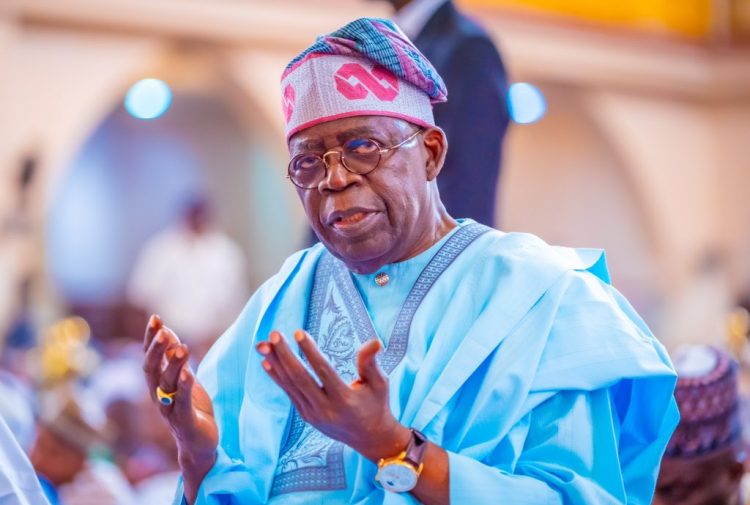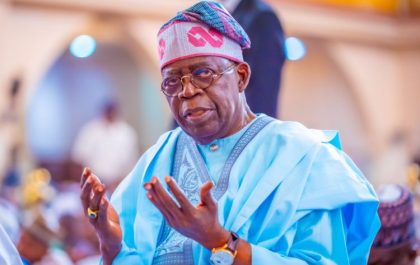By King Eze
On May 29, 2023, President Bola Ahmed Tinubu made a defining economic announcement during his inauguration: “Fuel subsidy is gone.”
This statement marked the end of an era where the Nigerian government spent trillions of naira annually to keep petrol prices artificially low for consumers. The rationale, as it was sold to Nigerians and the international community, was clear, fuel subsidies were unsustainable, economically distortion, and a major driver of government borrowing and fiscal leakages.
According to the Nigerian National Petroleum Company (NNPC), the country spent ₦4.4 trillion on fuel subsidies in 2022 alone, more than the entire federal allocation to education, health, and infrastructure combined.
The World Bank and the International Monetary Fund (IMF) had repeatedly urged Nigeria to scrap the subsidy, describing it as a “regressive policy” that disproportionately benefits the rich while bleeding public finances dry.
The Logic Behind Subsidy Removal
At face value, the argument for subsidy removal was economically sound: that it will free up public resources for investment in social infrastructure; it would reduce the fiscal deficit and slow down the government’s appetite for borrowing; it would eliminate corruption and inefficiencies in fuel importation and distribution; and it would encourage a competitive downstream sector with private investments in refineries and energy diversification.
The government estimated that subsidy removal could save over ₦6 trillion annually, money that could be redirected into education, healthcare, roads, and palliatives for the vulnerable.
The Ironic Turn
In a twist of irony, within months of removing fuel subsidies to “stop borrowing”, the Federal Government announced a new wave of borrowing, this time, to cushion the very hardship caused by removing the subsidy.
In July 2023, Nigeria secured $800 million loan from the World Bank to fund cash transfer programs meant to support 12 million vulnerable households. By mid-2024, the government had increased fuel prices over threefold (from ₦185 to between ₦580–₦680 per litre), leading to a sharp spike in inflation, transportation costs, and food prices.
Headline inflation rose overnight to 29.9% by January 2024, according to the National Bureau of Statistics (NBS), while food inflation soared past 35%, eroding household incomes and pushing millions into deeper poverty.
To manage the crisis, the Tinubu administration returned to the very tool it sought to escape, debt. In addition to the World Bank loan, it introduced tax waivers, transportation grants, and food aid schemes, all which require financing that the government does not currently have.
What Changed?
While subsidy removal was expected to cause short-term pain, the magnitude of the suffering, coupled with the government’s lack of preparedness, inadequate social safety nets, and delayed implementation of palliatives, made the situation politically and socially volatile. Protests erupted, labour unions threatened strikes, and the credibility of the new administration began to wobble.
Facing a potential backlash, the government reverted to debt to fund palliatives, thereby negating part of the fiscal discipline narrative that justified subsidy removal in the first place.
A Circular Dilemma
This is the irony of Nigeria’s fuel subsidy policy: the government removed subsidy to stop borrowing, only to start borrowing again to mitigate the fallout of removing the subsidy.
What this suggests is a deeper structural problem, not just with subsidies, but with: revenue generation; fiscal transparency; public trust in government spending; and the lack of a robust framework for managing economic transitions.
Recommendations for a Way Forward
To break the cycle, experts recommend that the federal government: strengthen domestic refining capacity, especially with the operationalization of the Dangote Refinery and rehabilitation of public refineries; ensure transparent use of saved subsidy funds, with public dashboards showing how the money is being spent; accelerate implementation of targeted social programs using digital ID and bank verification systems to reach those who truly need assistance; diversify the economy to reduce dependence on oil and dollar-denominated debt.
From the ensuing seeming rigmarole from the point of removal to the present , it is obvious that subsidy removal was never going to be easy. It is also clear that its success depends on economic consistency, social credibility, and political will.
Its also very clear that borrowing to fund the consequences of subsidy removal, without clear strategies for long-term sustainability, risks turning a necessary reform into a tragic paradox.
It’s therefore clear that by now there’s no doubt that if the goal was to reduce borrowing, then falling back on loans to cover the fallout is not just ironic, but also amounts to a missed opportunity for lasting reform.
Previous
Ironies In Nigeria's Subsidy Rigmarole
Related posts
0
0
votes
Article Rating
Subscribe
Login
0 Comments
Oldest
Newest
Most Voted
Inline Feedbacks
View all comments
Subscribe for newsletter
* You go receive the latest tori wen you put your email
Latest Tori
Ironies In Nigeria’s Subsidy Rigmarole
By King Eze On May 29, 2023, President Bola Ahmed Tinubu made a defining economic announcement during his inauguration:...
Clinton/Monica Trump/Epstein: The Story, Intrigues And Suspension
“The Island, the Intern, and the Iron Curtain of Secrets” In a quiet corner of the U.S. Virgin Islands,...



